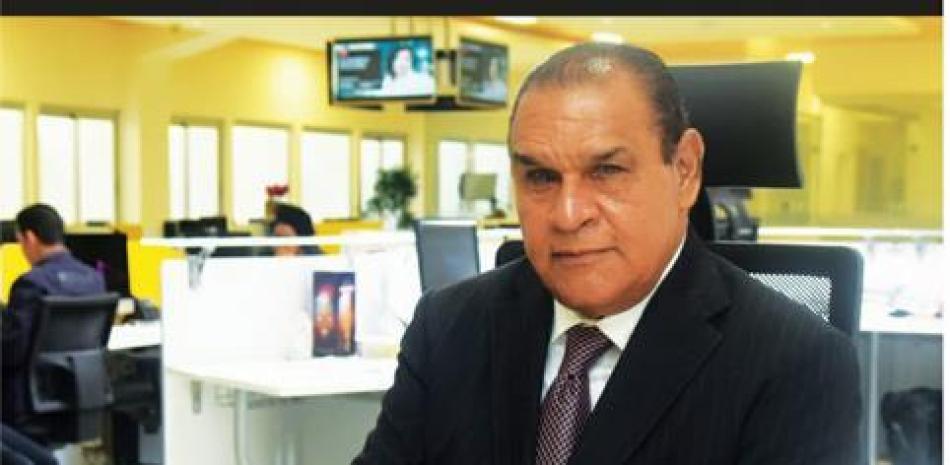La “torre de control” de la Redacción

Cuando el periódico impreso era un medio que sólo daba noticias en texto y fotos, la Redacción se configuraba como una unidad que funcionaba en modo vertical de dirección y estratificada, según el número de secciones independientes o compartidas que tuviesen.
Esa línea de mando, que ejecutaba las órdenes bajadas desde la dirección a la Jefatura de Redacción, en un esquema en que los redactores, fotógrafos y diseñadores no tenían un papel determinante en la planeacion de las coberturas, ha cambiado radicalmente hoy.
Ahora la planificación de las coberturas y la presentación de las noticias en las plataformas impresas y digital así como en las redes sociales, producto del cambio hacia la multimedia, se realiza desde una nueva “torre de control”.
Esa “torre de control” no es más que la llamada Dirección de Audiencia, la nueva e indispensable unidad que ha venido a resultar en el cordón umbilical que conecta las dos redacciones. la impresa y la digital, la que informa del comportamiento de los lectores o usuarios, analiza los temas y noticias que más interés y reacciones producen y recomiendan los debidos seguimientos a los asuntos que captan la mayor atención del público.
Como ahora la línea de mando es horizontal, lo habitual es que en la mesa de planificación, antes reservada a unos pocos ejecutivos o editores, participen los responsables de las secciones del diario y los de la estructura digital, la cual congrega a programadores, monitores de audiencias, analistas de “big data” (si existe esa unidad), los editores de vídeos y recursos gráficos animados, y los responsables de las áreas de radio y televisión y los de publicidad y mercadeo.
La planificación prioriza, antes que nada, lo digital porque es la plataforma con mayores audiencias y a la que es preciso atender con noticias de último minuto, con el seguimiento y evolución de los hechos, con nuevos artículos de contextualizacion, datos y antecedentes y con los recursos gráficos infaltables, el video y la voz.
Es por eso que ahora una Redacción integrada es multimediatica. Tiene que ser prensa tradicional, radio, televisión y periódico digital, cada cual con sus características adaptaciones, pero bajo una clara unidad.
Los periodistas tradicionales, en la medida de lo posible, tienen que estar aptos para manejar semejante instrumental, pero más que nada tienen que abrir y acomodar su mente al cambio, es decir, a pensar también en digital y a distinguir las diferencias de lenguaje y manejo de las noticias o contenidos.
Sobre todo, a utilizar dos relojes para ajustar las noticias a los tiempos apremiantes del digital y a las apuestas de fondo y de perspectivas que hoy constituyen la materia prima de los impresos. Y, finalmente, a estar muy atentos a lo que la nueva “torre de control” va indicando para señalar los caminos y los objetivos de una búsqueda noticiosa en una y otra plataforma.
Traducción al inglés de Las Reflexiones
The "control tower" of the newsroom
Back when the printed newspapers were a medium that only offered news content by using text and photos, the newsroom had a vertical layout that was stratified according to the number of independent or shared sections that were needed.
Such line of command that executed the orders of the editor, under a scheme in which the writers, photographers and designers didn't have a decisive role at all in the planning of the daily coverage, has changed radically today.
Nowadays, the planning of the daily coverage for both the digital and printed platforms, is done under a new "control tower". This new control tower is nothing more than the so-called Directive of Audiences, a new and indispensable unit that has resulted as the umbilical cord that connects the newsroom for the printed media with the one for the digital media, being the latter the one that analyzes most data and hence allows for pandering to the public.
Since the line of command now has more of an horizontal layout, the custom is that at the planning table, previously reserved for very few executives, all responsible personnel for the sections of the newspaper and the digital structure participate, which brings together programmers, audience or "big data" analysts, video editors, TV and radio casters, publicists and marketers.
This very plan prioritizes the digital platform, because it's the one with the widest audience, therefore it's most wise to keep those consumers updated with news of the very last minute, done by monitoring the evolution of the facts and adding any new verifiable context or extra data and background, plus the usage of inevitable videographic resources.
That's why the integrated newsrooms of the newspapers are destined to be for multimedia. It must be the traditional press, radio, television and a digital journal, all put together, each with their unique qualities, but under a clear unity.
Traditional journalists, as thoroughly as possible, have to be able to handle such instruments, but most importantly, they've to open and accommodate their mind for change, that is, to also think digitally and distinguish the differences in the communication and management of the contents of both worlds.
Above all, they have to keep two stand-alone internal clocks to adjust their work to both the pressing times of the digital sphere and to the quality bets of the printed press. And, finally, they must remain quite attentive to where the new "control tower" points, in regards of the paths and objectives of both platforms.
- Translated from Spanish by Randy Rodriguez.


